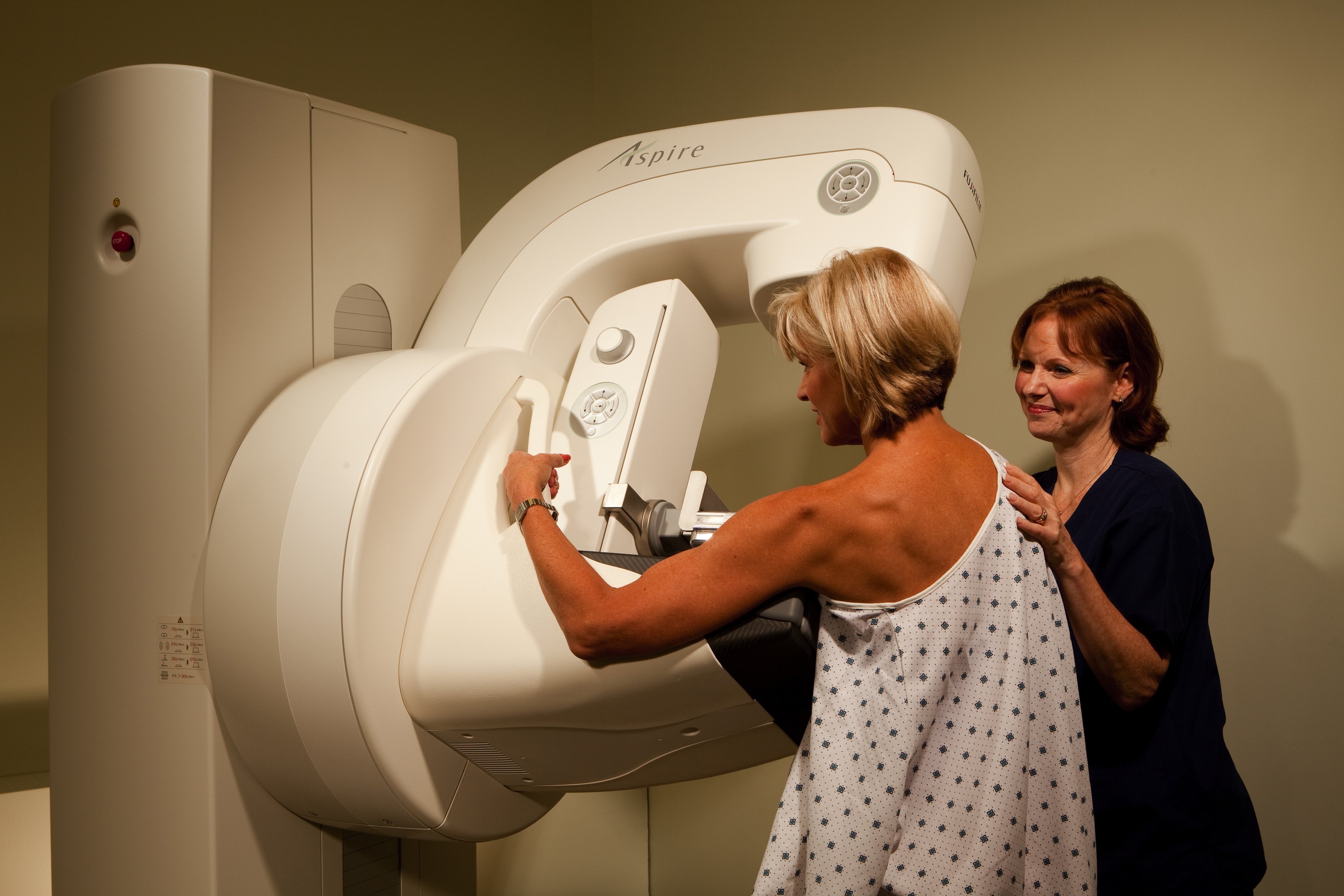
July 27, 2016 — The U.S. Food and Drug Administration’s (FDA) Division of Mammography Quality Standards (DMQS) recently released a news brief giving some insight on what mammography facilities should expect if they are ordered to perform a Patient and Provider Notification (PPN)
The DMQS is responsible for ensuring that mammography facilities are performing and providing safe and effective mammography services. In the United States, as of March 1, 2015, there are approximately 8,740 Mammography Quality Standards Act (MQSA)-certified facilities performing approximately 39 million mammograms each year.
DMQS works closely with the FDA-approved accreditation bodies, state MQSA inspection contract partners, and FDA and state MQSA inspectors to monitor facility compliance with the MQSA’s implementing regulations.
When there are issues at a facility that may compromise clinical image quality, the FDA, an FDA-approved State Certifying Agency or the facility’s accreditation body can require the facility to participate in an Additional Mammography Review (AMR), conducted by the accreditation body. An AMR is an evaluation of the clinical image quality of a sample of mammograms performed at the facility, usually during a specified time frame. If the FDA or a State Certifying Agency determines that the AMR reveals that the quality of mammography performed by the facility was so inconsistent with the quality standards established by the MQSA as to pose a serious risk to human health, they can require the facility to perform a patient and provider notification (PPN).
If a facility is required by the FDA to perform a PPN, the facility will receive a Patient and Provider Notification Letter containing the reason(s) for the PPN action and instructions for completing the PPN. The PPN letter will also contain a very important piece of information: the name and contact information for the DMQS compliance officer assigned to the PPN case. The compliance officer is available to guide the facility through the PPN process to ensure that the action is completed effectively and within the required timeframe. The following is a brief description of PPN-related activities and their timeframes:
- The facility must identify the at-risk patients and their referring healthcare providers. At-risk patients include those who had mammograms at the facility during the timeframe defined in the PPN letter. The facility must submit the names of the at-risk patients, along with the names of their referring healthcare providers to the compliance officer within two weeks of receiving the PPN letter;
- The PPN letter includes patient and provider notification letter templates. The facility must use the notification letter templates to inform patients and providers of the serious concerns regarding the quality of mammography at the facility. The letters are also designed to guide patients and providers as to what actions they should consider taking in response to the notification;
- Once the notification letter templates have been approved by FDA, the facility must mail, via a trackable mailing system, the provider letters within 5 days of approval and the patient letters within 5 to 7 days after the provider letters have been mailed;
- Each week after the facility has begun mailing the provider notification letters, the facility must submit copies of delivery confirmation to the compliance officer. Once all patients and providers have been notified, the compliance officer conducts a random audit of the PPN; and
- Once the compliance officer determines that the PPN was effectively executed, the compliance officer issues a PPN closeout letter to the facility documenting that it successfully completed the PPN.
In some instances, FDA may supplement a PPN by posting a Mammography Safety Notification on the FDA public website and providing the safety information via social media.
With the guidance of the FDA compliance officer, a facility can conduct and complete a PPN as required. The facility’s PPN provides vital information to patients and providers and must be conducted in a timely manner. Often a facility who is ordered to perform a PPN has also had its accreditation revoked and its MQSA certificate put into a “no longer in effect” status. Successful completion of the PPN is required prior to the facility having its accreditation reinstated and receiving an active MQSA certificate. A follow-up AMR is usually performed after accreditation reinstatement in order to ensure that corrective actions have been effective and that the facility is practicing quality mammography.
As part of the MQSA, FDA is mandated by Congress to provide annual reports, available to healthcare providers and the general public, of adverse actions taken against mammography facilities. This information allows patients and providers to make informed decisions about choosing a mammography facility. FDA provides this information in “real-time” as it closes out these actions by posting the facility information, the adverse event (s) that have occurred, the corrective actions taken and the current operating status of the facility to the public FDA website under the title Mammography Facility Adverse Event and Actions Report.
For more information: www.fda.gov


 April 18, 2024
April 18, 2024 








